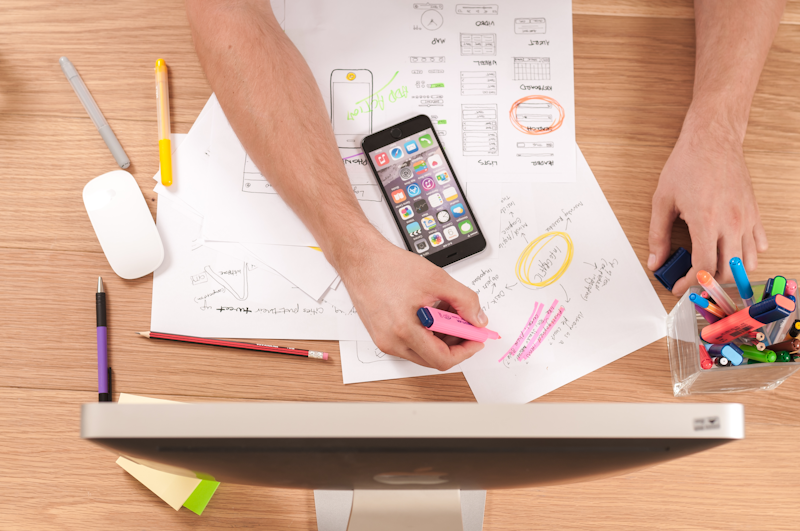A Comprehensive Guide to Aesthetic Color Groupings: Transforming Your Design Aesthetics
Color is an essential element in design that can evoke emotions, set moods, and communicate messages. Understanding aesthetic color groupings can significantly enhance your project, whether you're working on graphic design, interior design, or fashion. In this article, we will explore various aesthetic color groupings, their psychological impacts, and practical applications to elevate your design projects.
What are Aesthetic Color Groupings?
Aesthetic color groupings refer to collections of colors that work harmoniously together to create a cohesive look and feel. By understanding how different colors interact, you can create designs that are visually appealing and convey the desired atmosphere. Color theory provides a fundamental basis for creating these groupings, which can include complementary colors, analogous colors, and triadic color schemes.
1. Complementary Colors
Complementary color groupings comprise colors located opposite each other on the color wheel. These colors create high contrast, making designs vibrant and energetic. For instance, the pairing of blue and orange can produce a striking visual effect.
| Color Pairing | Emotional Impact | Common Usage |
| Red & Green | Excitement & Celebration | Christmas, Holidays |
| Blue & Orange | Energy & Creativity | Branding, Sports |
| Purple & Yellow | Luxury & Joy | Fashion, Art |
2. Analogous Colors
Analogous color groupings consist of three or more colors that are next to each other on the color wheel. This harmony creates a serene and cohesive look, making it ideal for designs aiming to invoke calmness or tranquility. For instance, combining blue, blue-green, and green can foster a relaxing environment.
3. Triadic Colors
Triadic color groupings involve selecting three colors that are evenly spaced around the color wheel. This scheme maintains balance while adding richness in color diversity. For example, using red, yellow, and blue can create a lively and dynamic design.
Psychological Impacts of Color
Colors carry meanings and can influence the viewer's feelings and behaviors. Understanding these associations helps in crafting designs that communicate the intended message. Here are some common color associations:
| Color | Association |
| Red | Passion, Energy, Attention |
| Blue | Calmness, Trust, Professionalism |
| Yellow | Happiness, Optimism, Warning |
| Green | Growth, Peace, Health |
| Purple | Luxury, Spirituality, Creativity |
Practical Applications of Aesthetic Color Groupings
Now that we've explored different color groupings and their psychological impacts, how can you apply these principles in your projects? Here are a few practical tips:
1. Graphic Design
In graphic design, using aesthetic color groupings can help communicate a brand’s identity and message effectively. Consider the brand's core values and choose color combinations that resonate with its target audience. For instance:

Utilize complementary color pairings for call-to-action buttons to attract clicks, while keeping the background in analogous colors to create a balanced and appealing layout.
2. Interior Design
In interior design, color can define the atmosphere of a room. Choose analogous colors for a calming effect in bedrooms or offices, while using complementary colors in living spaces for vibrancy. For instance:
Combining blues with greens in a spa-like bathroom can promote serenity, while a bold red and green combination in a dining room can stimulate conversation.
3. Fashion Design
Fashion is about expressing individuality through color. Use a triadic color scheme to create bold and eye-catching outfits. You can also experiment with layering analogous colors for a harmonious look:
For instance, teal, blue, and navy can create a chic and sophisticated look perfect for a night out.
Creating Your Aesthetic Color Groupings
To create your aesthetic color groupings, follow these steps:
- Define Your Objective: Understand what you want to convey with your design.
- Choose Your Base Color: Start with a color that represents your brand or desired emotion.
- Select Complementary or Analogous Colors: Use a color wheel to help you find suitable combinations.
- Test and Iterate: Create mock-ups and see how the colors work together in your design context.
Conclusion
Understanding aesthetic color groupings is crucial for anyone interested in design. These color combinations can create stunning visuals, evoke emotions, and communicate messages effectively. By exploring complementary, analogous, and triadic color schemes, you can elevate your projects across graphic design, interior design, and fashion. Remember to consider the psychological impacts of color and your target audience when choosing your groupings.
As you embark on your design journey, experiment with different aesthetic color groupings, and be open to refining your choices. The perfect combination can make a significant difference in achieving the desired outcome for your project.
Stay creative, and happy designing!